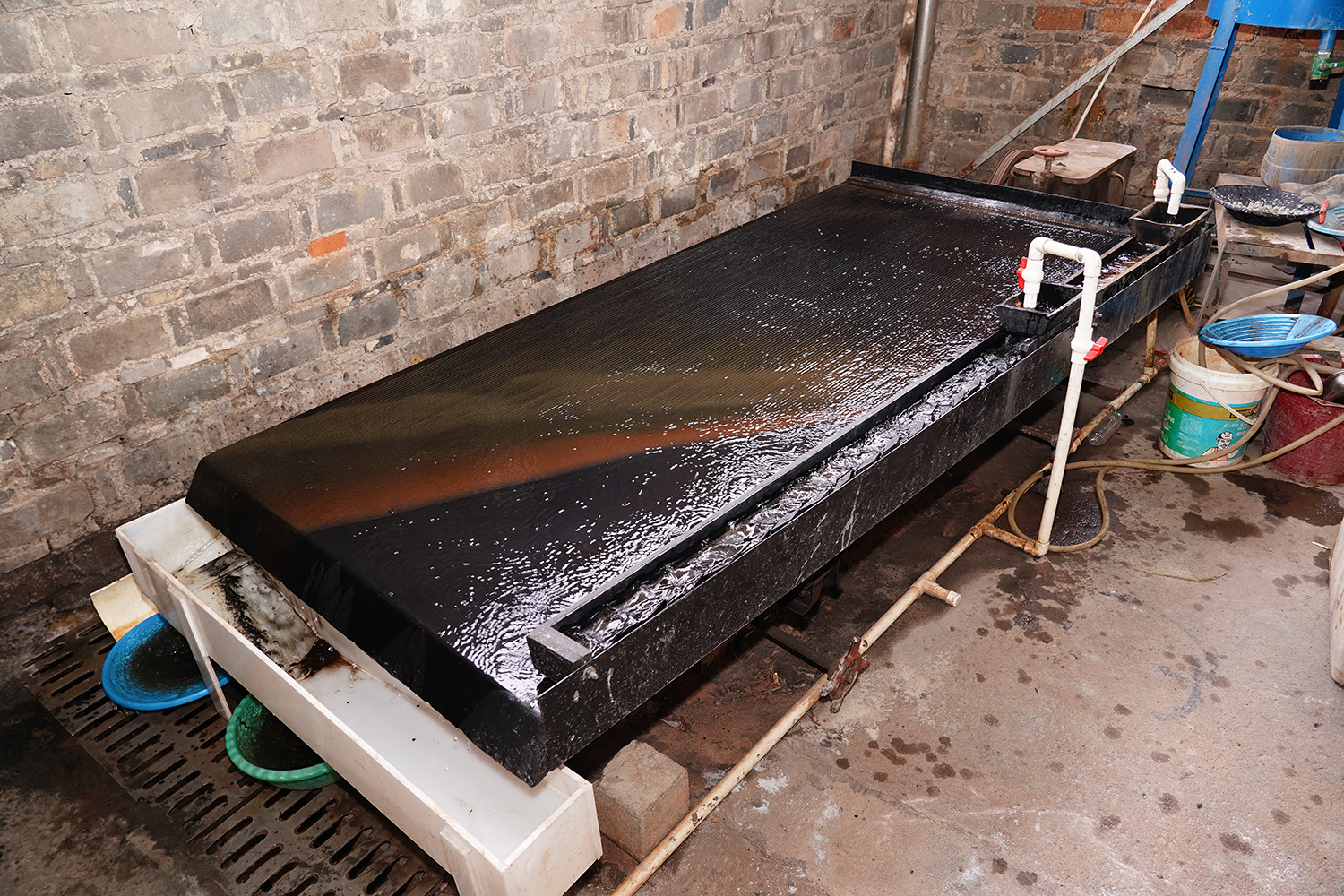Views: 0 Author: zcy Publish Time: 2025-09-05 Origin: Site











Before selecting a shaking table, it is necessary to clarify the basic parameters first to avoid blind matching of equipment.
1. Ore Characteristics: The Core Basis for Selection
Particle Size Range: Shaking tables are sensitive to the particle size of the ore to be processed, so it is necessary to first determine the "suitable processing particle size" of the ore.
Coarse-grained shaking tables (e.g., LY type): Used for processing coarse-grained minerals (such as tungsten and tin coarse concentrates for purification) with a particle size of 2-0.074mm.
Fine-grained shaking tables (e.g., 6-5 type): Used for processing fine-grained minerals (such as gold and silver ores for slime separation) with a particle size of 0.074-0.037mm.
Ultrafine-grained shaking tables (e.g., CC-20 type): Used for processing ultrafine-grained materials (such as kaolin and mica separation) with a particle size of less than 0.037mm.
Mineral Density Difference: Shaking tables rely on "density difference" for separation. If the density difference between the target mineral and gangue is large (e.g., tungsten ore and quartz, with a density difference > 2g/cm³), a regular shaking table can achieve efficient separation. If the density difference is small (e.g., iron ore and hematite), a specialized shaking table with "a wide adjustable range of bed slope and more precise stroke frequency" should be selected.
2. Production Scale: Need to Match the "Single Unit Processing Capacity"
Small-scale testing/workshop (daily processing capacity < 50 tons): Choose a small shaking table with an area of less than 1.5m² (e.g., small 6-S model), which occupies less space and is flexible to operate.
Medium-sized mineral processing plant (daily processing capacity 50-200 tons): Choose a conventional shaking table with an area of 2-3m² (e.g., LY-2, standard 6-S model), which balances efficiency and cost.
Large-scale mineral processing plant (daily processing capacity > 200 tons): Choose a large shaking table with an area of more than 4m² (e.g., CC-40, LY-4 model), or adopt a multi-unit parallel layout to ensure production capacity.
| | 703-3, Building F02, Phase Iii, Software Park, Jimei District, Xiamen City, Xiamen, Fujian, China |
| | +86-177-7076-6090 |
| | SalesHuang@xmzhiyanfuture.com |
